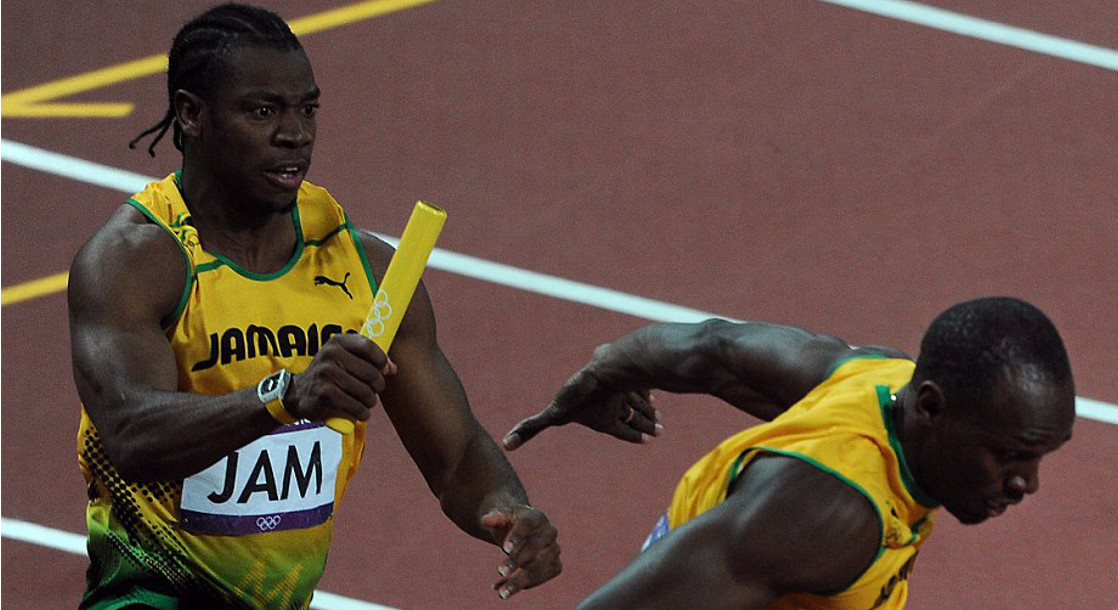Sponsored
Introduction
The most frequently discussed and popular subject concerning cannabis use, all over the world, both politically and socially, is: should we legalize cannabis? Lately, as more countries are preparing to do it, another important question arises: how can we define and control cannabis use through advertising?
One could say that pot smoking is becoming a world trend. Several countries have already legalized the recreational use of cannabis, while others are discussing how and when to do it, and others are preparing to allow controlled medical use of it. Still, there are many countries which are not ready for neither of these options, but are still thinking and talking about it. All along, cannabis-related businesses are pushing innovative weed vaporizer mods and similar high-end products in almost every market, not just where cannabis is legal.
The Road to Legitimacy
According to the European Monitoring Centre for Drugs and Drug Addiction cannabis is the most commonly mentioned drug in reports of criminal drug offenses in Europe. It is also the most commonly used illicit drug.
These increasingly frequent proposals to change laws regarding marijuana brings an enormous number of issues to light, all of which still need to be dealt with. The system of “limited distribution” through the use of medical cannabis dispensaries has evolved in the Netherlands since the 1970s, and the advantages and disadvantages of these regulated systems are being closely monitored. The “cannabis social club” model has also been increasingly mentioned in drug policy debates. Its advocates argue that the decision to not prosecute individuals for cannabis use in some countries can also be applied to registered groups of individuals, in order to permit a closed system of cannabis production and distribution. But, this model is mostly rejected by national authorities in Europe.
According to the UN conventions, drugs under international control should be limited to medical and scientific purposes. Article 28 (Control of Cannabis) of the 1961 Convention describes a system of controls required if a country decides to permit the cultivation of cannabis that is not for industrial or horticultural purposes, while the 1971 Convention controls THC content (Tetrahydrocannabinol is one of approximately 113 cannabinoids, identified in cannabis).
International law does not prevent cannabis, or cannabis-based products, from being used to treat certain indications, such as chronic pain. In reality, it seems much easier and less complicated to legalize cannabis extracts than to authorize smoking marijuana for medical purpose, due to the fact that there are cannabis plants come in many strains, each with the capacity to produce a range of intoxicating and non-intoxicating chemicals. Also, inhaling smoke from burning plant material is not a healthy method of delivery of those chemicals to the bloodstream, as the patient will also inhale harmful smoke particles.
Rules of Advertising
In some countries, authorized medicines may include THC in capsules, cannabis extract as a mouth spray, and dried cannabis flowers for vaporizers or making “tea”. Besides that, there are gums, bonbons, and similar sweets, tampons, bath salt, coffee, tropical balm, and similar products, all based on cannabis and all available for buying. Users can find advertisements for these products on the internet, but only products low enough in THC can actually be ordered and shipped online legally.
Same as with alcohol and tobacco advertising, Cannabis advertising, promoting and sponsorship (CAPS) regulations vary from country to country. In Uruguay, all forms of publicity, indirect publicity or sponsorship of cannabis products are prohibited. In Colorado, USA advertising will be permitted in adult-oriented newspapers and magazines, while mass-market campaigns which are aimed to reach minorities (children, teenagers) will be prohibited. Pop-up advertisements will be banned but banner ads will be permitted on adult-oriented sites. Washington, USA has similar restrictions so retailers are not allowed to put products on display to the general public, such as window fronts, transport vehicles or any kind of publicly owned property. Dutch coffee shops in the Netherlands are not allowed to advertise and the only form that occurs is the use of Rastafari imagery palm leaf images and trade name such as “Grasshopper”. Cannabis social clubs in Spain are mostly run on a strictly non-profit base, although there are some signs that certain part of operations could be commercialized. However, neither those who run the clubs nor the members have no financial incentive to increase cannabis consumption through marketing.
The oldest and most common way of using cannabis is smoking which is not so welcomed way of consumption in medical circles due to a fact that the possibility of getting lungs cancer is involved. In the case of medical use in hospitals, this way of consuming is not allowed inside or near the facilities.
Same as with smoking tobacco prohibitions, the market already took care of this with numerous solutions, starting with small and almost invisible marijuana vape pen, through the various kinds of marijuana vaporizers, to the tabletop powerhouses.
These products are often advertised as the dry herbal vaporizer and claimed to be a much healthier alternative to smoking as there is no process of combustion and so there is no smoke flowing into the user’s lungs. The sellers are stating that herbal vaporizer heat the material at temperatures that are right beneath the point of combustion and the effects of herbs and waxes are reached with very little smoke in the form of vapor. But, a number of studies about the possible danger of using vaporizer are small, findings are not conclusive yet, and the expert’s opinions are still to be formed.
While we are waiting for the legislation and people in charge of bringing them to come up with detailed rules and obligations, buyers can order online, often with free shipping option, cannabis vaporizers, vaping oil with the legal level of THC, and other cannabis-based products. Besides ordering, users can find on the internet all kinds of instructions on how to use them, how to maintain the equipment, even how to re-use vaporizer weed more than once.
Conclusion
Considering the overall situation the conclusion could be that restrictions in the sphere of cannabis advertising are still evolving and we have to wait and see how they will look like in the end.
Meanwhile, cannabis companies are turning to digital advertising, keeping it low and stealth, and avoiding overt references to cannabis.











